Parasound Halo JC3 Jr.
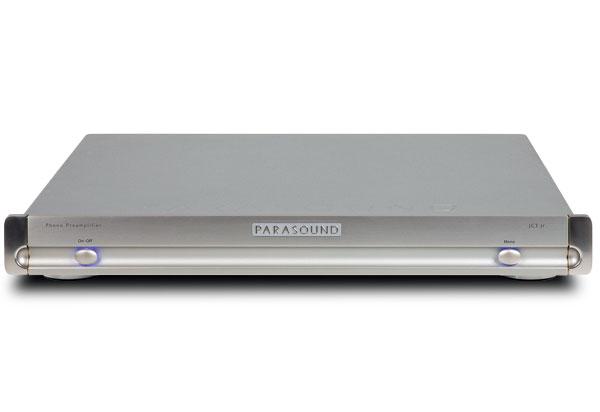
 It’s a good time to be shopping for a premium phono stage and if your vinyl habit has you looking beyond £1,200 or so, there’s an increasingly meaningful step up in performance and features on offer over many low-cost models. Rather than augment one of its more affordable designs, California-based Parasound has taken a slightly different approach and the Halo JC3 Jr. is the result: a pared-down version of its John Curl-designed £3,999 JC3+ phono stage big brother.
It’s a good time to be shopping for a premium phono stage and if your vinyl habit has you looking beyond £1,200 or so, there’s an increasingly meaningful step up in performance and features on offer over many low-cost models. Rather than augment one of its more affordable designs, California-based Parasound has taken a slightly different approach and the Halo JC3 Jr. is the result: a pared-down version of its John Curl-designed £3,999 JC3+ phono stage big brother.
This is significant because it means that the Halo JC3 Jr. is the most affordable creation from the designer. Curl has been associated with Parasound for almost 30 years, but his design input isn’t used on everything the company makes, principally because his creations are rather labour intensive to build and tend to make use of extremely expensive parts. The Jr. is intended to take as much of the flagship as possible and condense it down to a more affordable price point.
This means that the circuit design is still fully balanced, has the same RIAA circuit as fitted in the JC3+ – as well as a number of more upmarket designs – and many of the circuit components have been carried over too. It supports both moving-magnet and moving-coil cartridges and has a pair of unbalanced RCA and balanced XLR outputs.
Naturally, some of the design features of the JC3+ have been omitted and the JC3 Jr. isn’t a dual mono design at the price and has a toroidal transformer rather than a more elaborate R-Core unit. There’s also less in the way of internal shielding too, although the JC3 Jr. still proves to be an extremely quiet phono stage in terms of background noise.
Crucially, one feature that the JC3 Jr. shares with its more expensive stablemate is that it is a single-input design. Traditionally this would be of no consequence, but one of the most interesting evolutionary developments of recent phono stage designs is the number of models with multiple inputs and consequently the JC3 Jr. is less lavishly equipped. Adjustment is solid rather than spectacular, with a fixed MM impedance setting of 47kohm and a rotary trim pot for MC cartridge impedances ranging from 50 to 550ohm. A three-stage switch offers gain levels of 40dB, 50dB and 60dB, but there is no adjustment for capacitance offered.
At 432mm deep, the full-width design has a substantial footprint but is only 64mm high, while the positioning of the input socketry will be a bit of a stretch for some tonearm cables. The distinctive slender shape is potentially useful, though, and makes it easy to stack components on top of it, should you so desire. Besides a power button, the only front panel control is a mono selector switch, and it’s available in black or silver finishes.
Sound quality
Connected to a Naim Supernait 2 integrated amplifier and Neat Momentum 4i loudspeakers with a Michell GyroDec turntable fitted with SME M2-9 tonearm acting as my vinyl source, the Parasound JC3 Jr. quickly delivers with a high level performance that’s expected at the price. With a Goldring Ethos moving-coil cartridge (HFC 449) in place, there is no audible background noise through the speaker at idle and this enables the cartridge to fully showcase its virtues. In fact, the Parasound is so quiet, it is even possible to listen to vinyl using a pair of headphones and not be distracted by the hiss or hum.
The presentation is immediately appealing. It manages to be enormously refined without tipping over into sounding soporific. Standard aggressive pressing tests like Resistance Is Futile by Manic Street Preachers have a richness, warmth and composure that can be lacking elsewhere. However, when you switch to something more dynamic and well mastered, like Kraftwerk’s The Mix, the Halo JC3 Jr. is consistently dynamic. The sheer composure of the Goldring Ethos plays a role in this too, of course, but it would take a fairly bright-sounding cartridge to seriously unsettle it.
Something that’s likely to be unaffected by even the most ballistic of cartridges is the spaciousness and three-dimensionality the Parasound offers. The technically challenging live recording of Nils Frahm’s
Hammers provides a wonderful demonstration of this with the piano having the mass and scale it needs to convince and the stage and space around it being conveyed in an unforced but readily apparent fashion. Even via the relatively narrow focus of the Supernait 2, it is still able to create a meaningful sense of the original venue. What’s very clever about this is that smaller and more intimate recordings like John Martyn’s Solid Air keep this logical three-dimensionality without the feeling that he’s suddenly performing in an aircraft hangar.
This big-picture presentation doesn’t seem to impede the ability of the Parasound to have a little fun. Given something with a little bit of rhythmic energy to it like Little Feat’s Rock And Roll Doctor, it gets to the heart of the performance, effortlessly on top of the time signature while finding the human quality in the performance itself. It rarely takes too long before you focus on the music rather than what the electronics are doing, which makes for a very satisfying listening experience. It’s not perfect – it can’t match the forensic detail retrieval of the more affordable Cyrus Phono Signature (HFC 408) and neither does it match the almost holographic reproduction that the rather more costly Rega Aura (HFC 446) can deliver, but there is a neat balance between fun and forensic that is likely to make for a satisfying long-term listening partner.
The likelihood of a phono stage at this price being used with moving-magnet cartridges seems fairly low, but the Halo JC3 Jr. nonetheless does a fine job with Goldring’s 2500 design (HFC 434). The same refinement and slight warmth that it presents with moving coil is still evident here and the results are deeply impressive. The 50dB setting also works well with a Soundsmith Otello high-output moving-coil cartridge (HFC 434) suggesting that if you are in possession of such a design, this is a strong option. The real advantages of a phono stage of this nature won’t really be uncovered until you move to cartridges in and around the £1,000 point, but it will do a fine job across the various different types.
Conclusion
Parasound’s Halo JC3 Jr. is an unquestionably talented phono stage. Its ability to take a very wide spread of genres and levels of mastering and deliver them all with a consistent and engaging balance of refinement, spaciousness and overall musicality is a welcome one. There are subjective areas where some rival designs can offer a presentation you might prefer, but equally there will be times where the Parasound wins out. There is no getting around the issue that it costs a fair bit more than some similar designs that perform just as well, but judged on its considerable merits it’s a seriously engaging phono preamp that deserves some careful consideration and an audition. ES
DETAILS
Product: Parasound Halo JC3 Jr.
Price: £2,200
Origin: USA
Type: MM/MC phono stage
Weight: 5.9kg
Dimensions: (WxHxD) 437 x 64 x 432mm
FEATURES
● 1x MM/MC configurable input
● Variable loading adjustment (MC)
● Three gain levels
● RCA and XLR outputs
 |
Inside this month's issue: Arcam Radia A25 integrated amp, iFi Audio iDSD Diablo 2 DAC/headphone amp, Eversolo DMP-A8 streamer/DAC/preamp, Line Magnetic LM-845IA valve amp, Record Store Day Spring Drop, standmount loudspeaker Group Test and much, much more
|

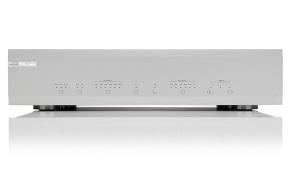
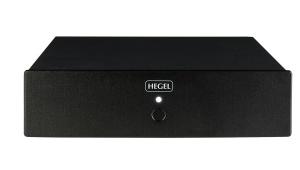
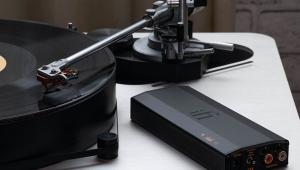

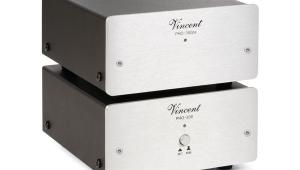

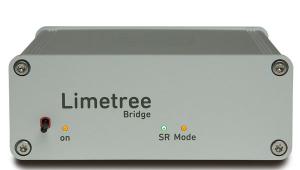
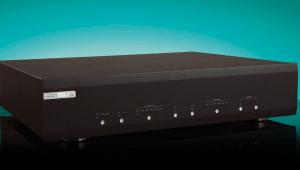
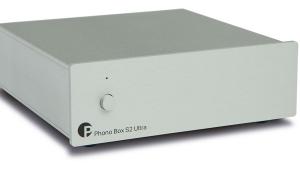

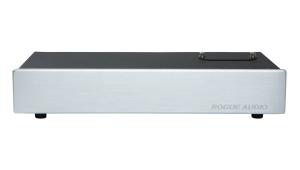

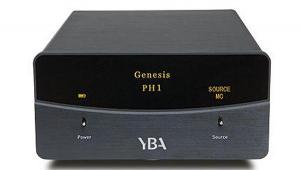

































.jpg)



